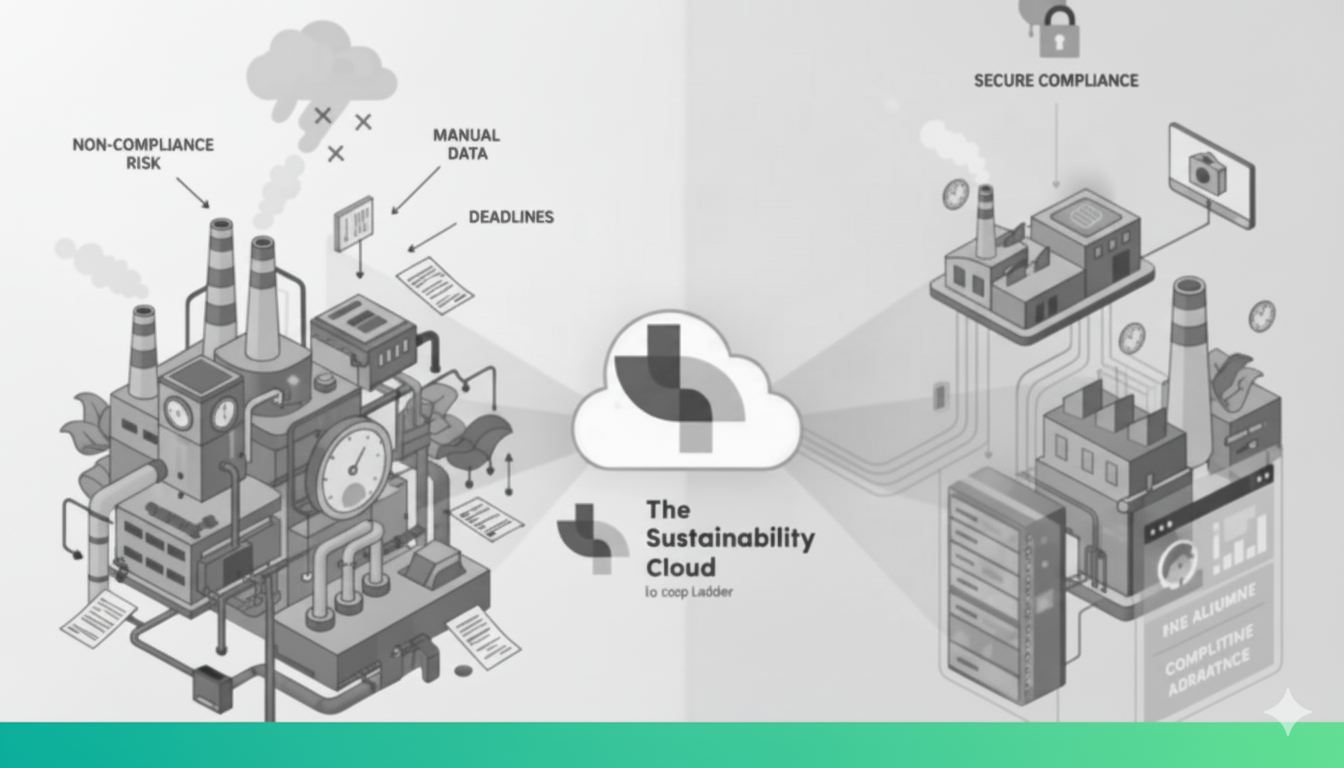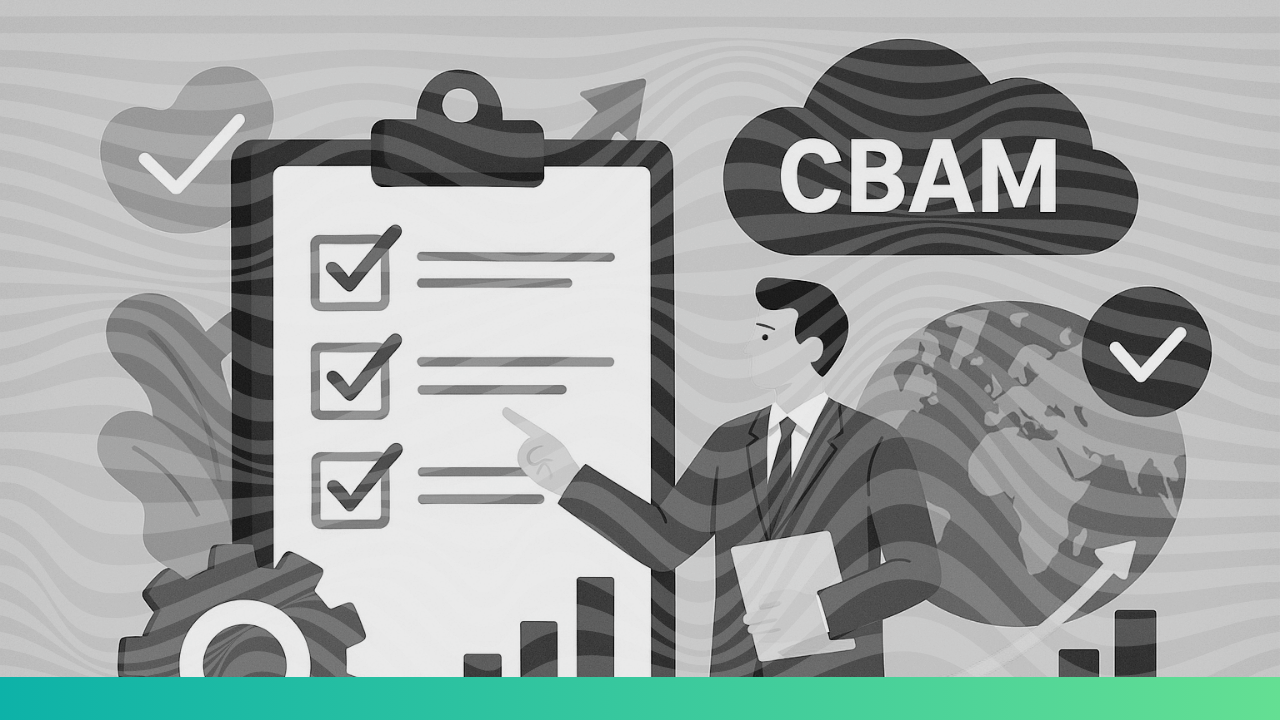Mapping carbon emissions is steadily taking centre stage for enterprises globally as they operate in a climate-conscious economy. This has placed an emphasis on finding carbon accounting platforms that can accurately measure, analyse, and manage a company’s greenhouse gas emissions. These platforms also play a critical role in designing effective decarbonisation strategies. Research claims that the carbon accounting market is projected to witness a Compound Annual Growth Rate (CAGR) of 29.72% from 2021 to 2028.
The projected growth for carbon accounting software platforms is propelled by increasing awareness of corporate sustainability and environmental responsibilities. Additionally, the demand arises in the wake of stringent regulatory frameworks. In this blog, we will analyse the top 5 carbon accounting software and tools.
What is carbon accounting?
Carbon accounting software is a highly specialised platform that is utilised by enterprises to track, calculate, and manage their greenhouse gas emissions and carbon footprint. The entire carbon accounting and management process is undertaken to ensure environmental reporting, sustainability goals, and compliance with emissions regulations. Carbon accounting streamlines data collection, analysis, and reporting to promote transparency and enhance investor confidence.
1. The Sustainability Cloud
The Sustainability Cloud is an end-to-end carbon accounting software platform for transparent and auditable accounting of Scope 1, 2, and 3 emissions. This platform is aligned with the Greenhouse Gas (GHG) protocol, the Partnership for Carbon Transparency (PACT), EPA, Intergovernmental Panel on Climate Change (IPCC), SBTi, ISO 14064 and Partnership for Carbon Accounting Financials (PCAF) standards, among others. The TSC Netzero carbon accounting tool is in tune with emerging frameworks such as Carbon Border Adjustment Mechanism (CBAM) and Business Reporting on Sustainability and Climate Change (BRSR) for enhanced transparency and compliance with evolving regulatory requirements.
The TSC Netzero carbon accounting tool helps in accurate carbon emission management and specific data collection. It assists a firm in becoming audit-ready with carbon management records, including emission sources, calculations, factors, and references. It tracks direct and indirect emissions through its carbon management tool to create a detailed and transparent inventory of the organisation’s GHG sources. Emissions data is also monitored at the source level for enhanced carbon accounting.
2. Microsoft Cloud for Sustainability
Microsoft’s sustainability cloud is an extension of Microsoft’s long-held dedication to sustainability management endeavours. It has data and AI capabilities from Microsoft to help organisations accelerate their sustainability progress and business growth. Data visibility and insights are ensured with the Microsoft sustainability manager. It also helps integrate and standardise data from business units and the firm’s value chain. Microsoft’s sustainability cloud can automate calculations and enable product carbon footprint measurement. ESG performance can be analysed by visualising a firm’s impact in near real-time using powerful data visualisations and dashboards. It also facilitates the use of insights to identify and monitor performance gaps.
3. IBM Envizi
IBM’s emissions management tool assists in the accurate calculation and reporting of GHG emissions to track progress towards decarbonisation goals. Emissions management software from IBM ensures the integration of a suite of products that help accurately calculate, track and report on your Scope 1, 2 and 3 greenhouse gas (GHG) emissions data at a granular level. Some key features of IBM Envizi are reporting on all GHGs, including CO₂, CH₄, N₂O, HFCs, PFCs, SF₆, and NF₃. It also helps in currency and metric conversions as well as market and location-based emissions reporting.
4. SINAI
SINAI assists companies in reaching their Netzero targets by following the Science Based Targets guidelines and principles. It helps identify cost-effective decarbonisation strategies and unlocks emission reduction methods that allow organisations to achieve science-based targets and execute competitive transition plans. It offers multiple decarbosiation solutions such as quantifying and reporting achievable emissions targets, preparing dynamic carbon budgets and also maintaining actionable internal carbon pricing. It helps in situation sensitivity analysis, transition Risk Management and risk mitigation option evaluation. SINAI also assists in automating GHG inventories, including flexible data collection and value chain engagement.
5. Sustain.life
Sustain.life, recently acquired by Workiva, is a leading carbon accounting platform that can calculate an organisation’s carbon footprint, set science-based targets, and simplify climate disclosures. It helps measure carbon emissions for actionable insights and keeps all environmental data in one place. Moreover, Sustain.life manages emissions data to build plans to reduce carbon emissions across the organisation.
6. Persefoni
Persefoni is an AI-powered carbon measurement and reporting platform that offers carbon accounting services. It simplifies carbon footprint calculations through its GHGP- and PCAF-aligned Calculation Engine, covering Scope 1, 2, and 3. The carbon accounting tools provided by Persefoni are committed to accuracy, transparency, and efficiency. The platform integrates emission factors and collaboration tools to ensure transparency through its Footprint Ledger, which allows managing emissions data with high accuracy, granularity, and control. It uses AI for error and anomaly detection and on-demand technical carbon accounting support. Peserfoni’s carbon accounting platform is built for regulatory reporting and has advanced audit and assurance capabilities.
7. Salesforce
Net Zero Cloud by Salesforce is one of the leading platforms for managing carbon accounting projects, which boosts an organisation’s productivity. It helps with reporting and reducing the organisation’s carbon footprint. It offers a predefined set of stages to work through the carbon footprinting process. Companies can manage carbon accounting using the Kanban board feature provided by Net Zero Cloud. Organisations can use a Kanban board, which is a visual representation of a workflow, to track multiple individual workflow components through the workflow stages. It helps in monitoring the carbon footprint for each record in the footprinting process. Its other key features include emission source confirmation, data collection, data gap filling, and data validation.
These platforms have unique specialisations and capabilities, special features, and detailed emissions analysis. They all ensure automated compliant reporting, facilitating businesses on their path to environmental sustainability.
Also Read: 5 Insider Tips for Business Carbon Accounting You Need To Know




